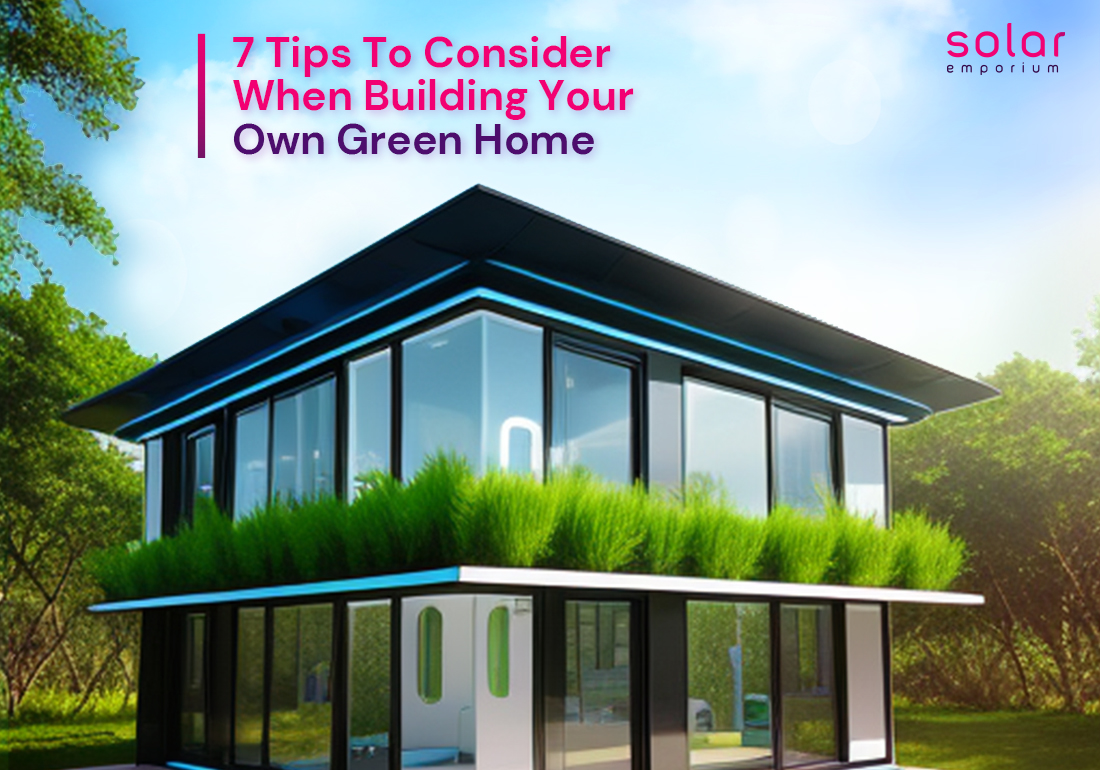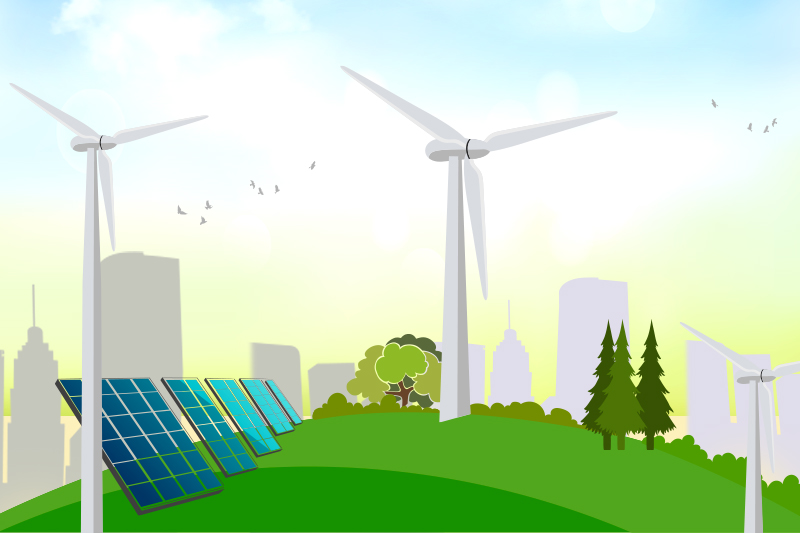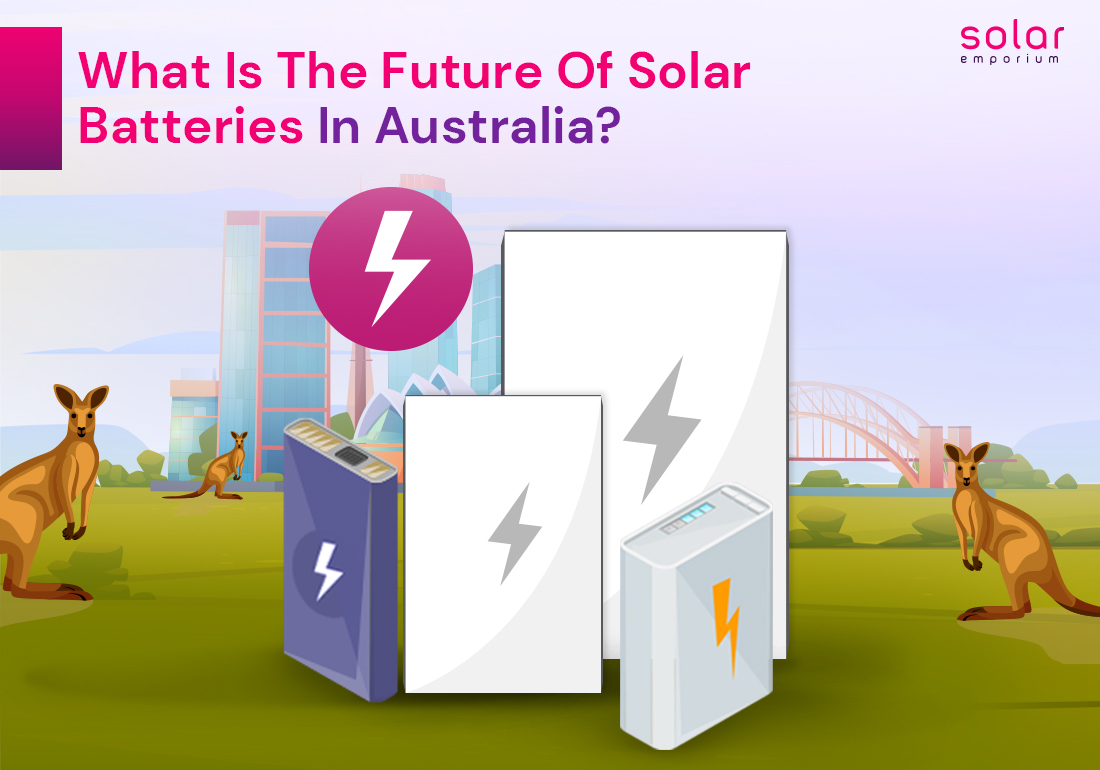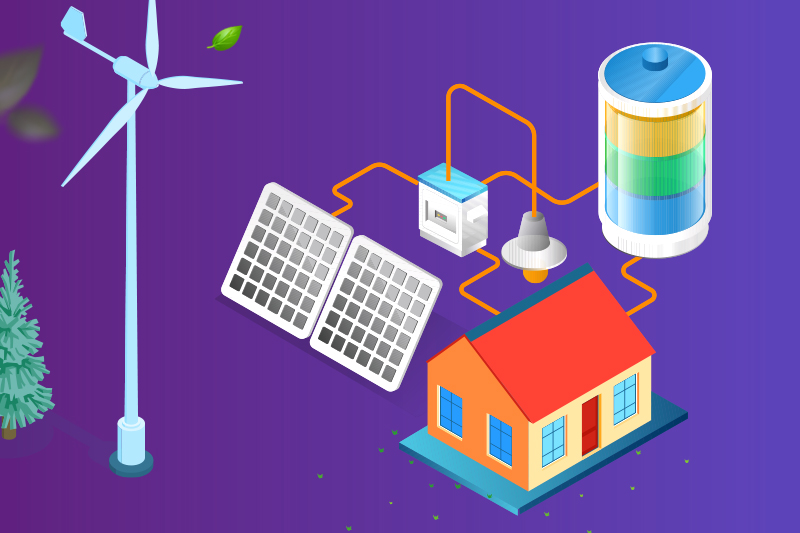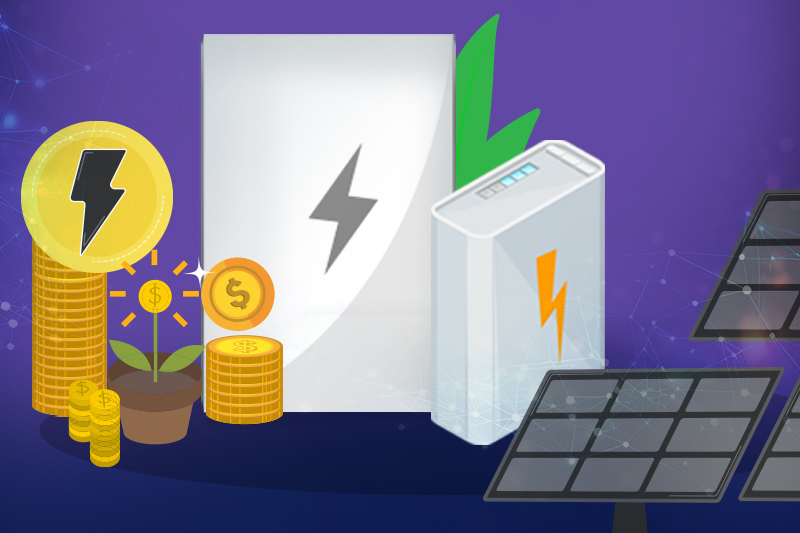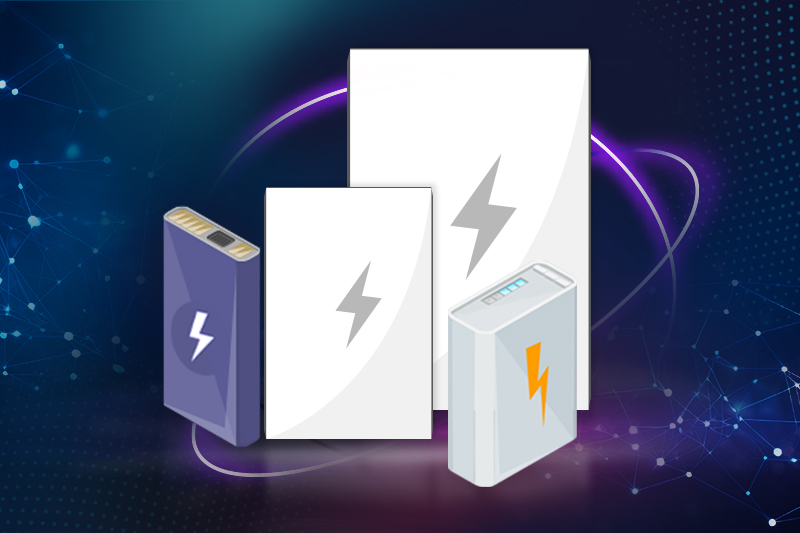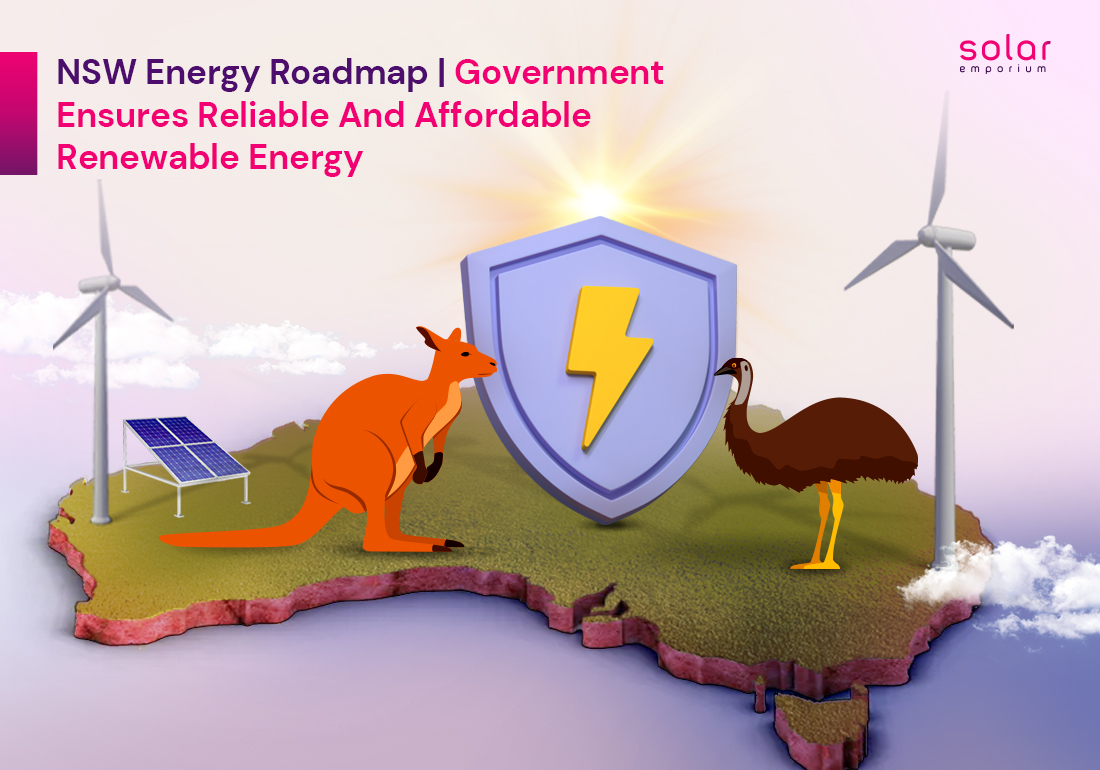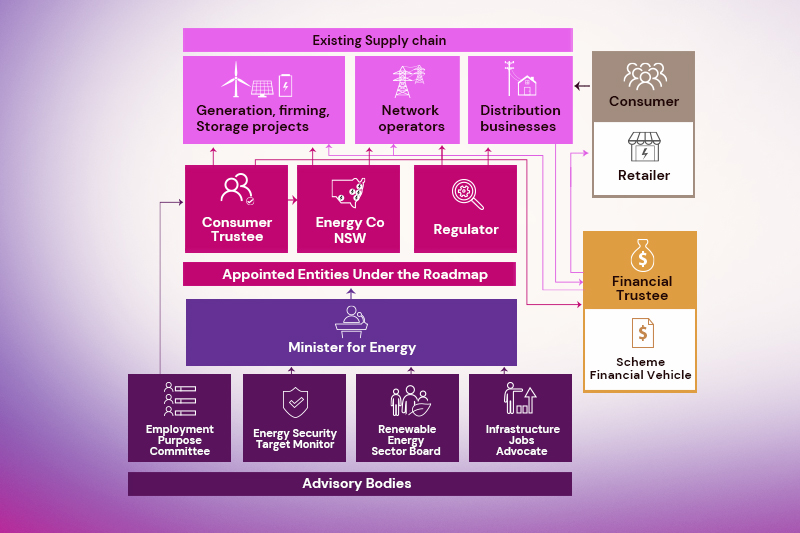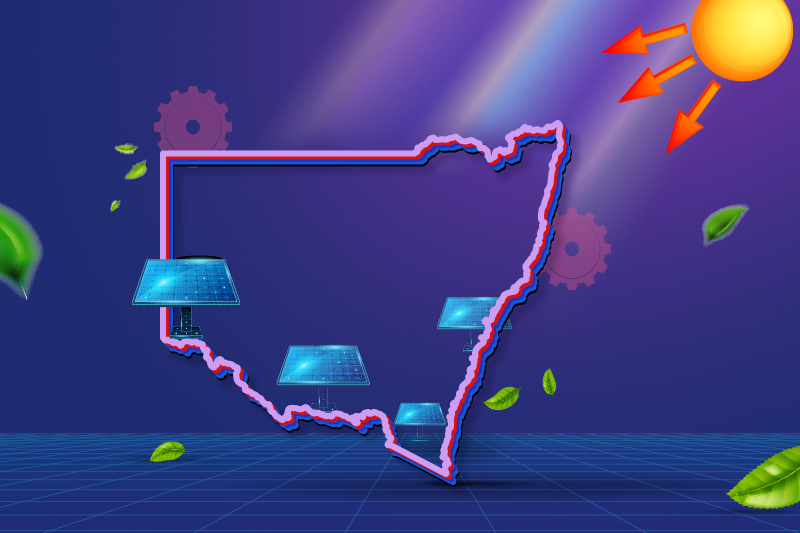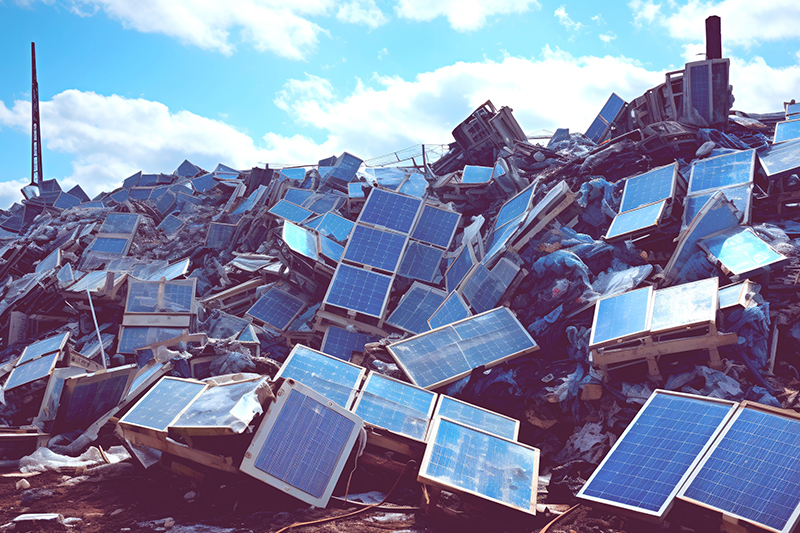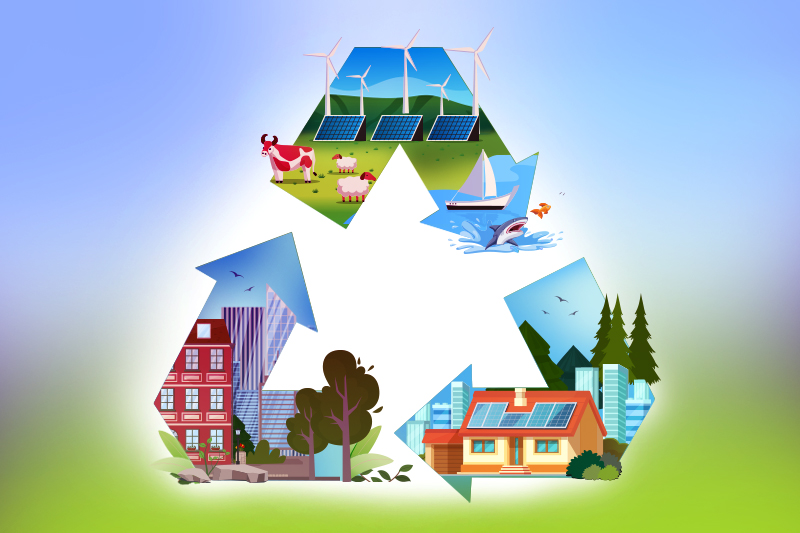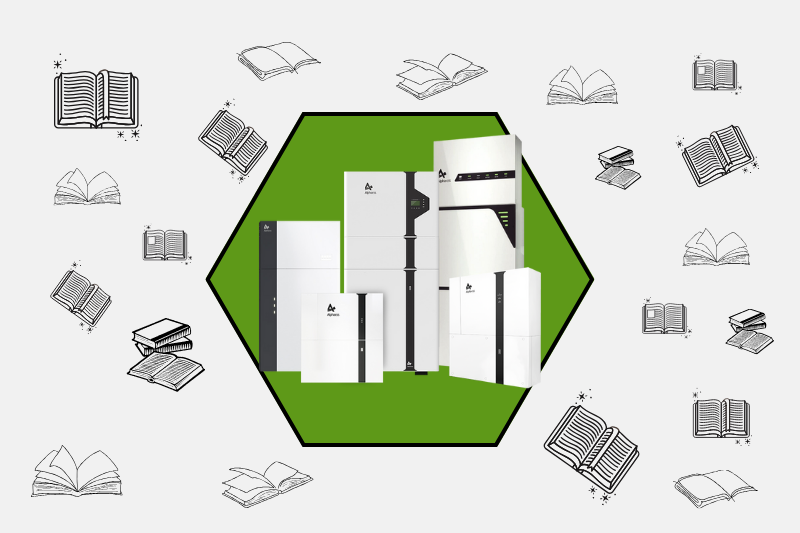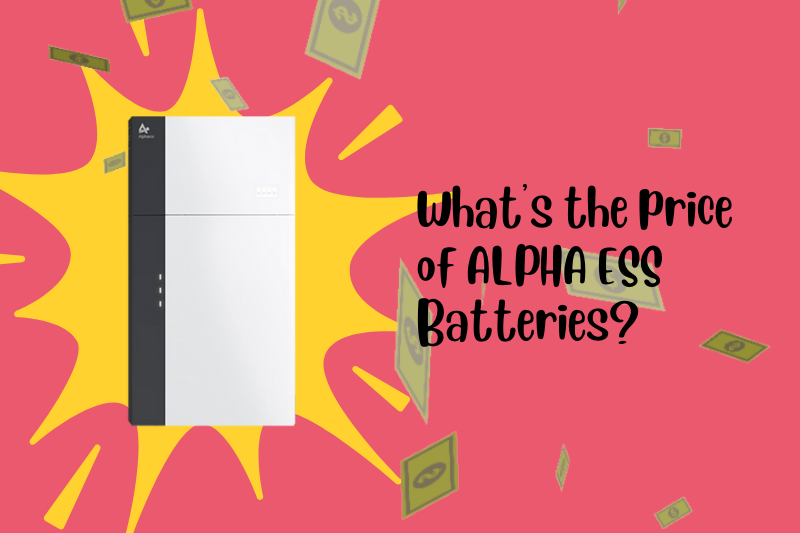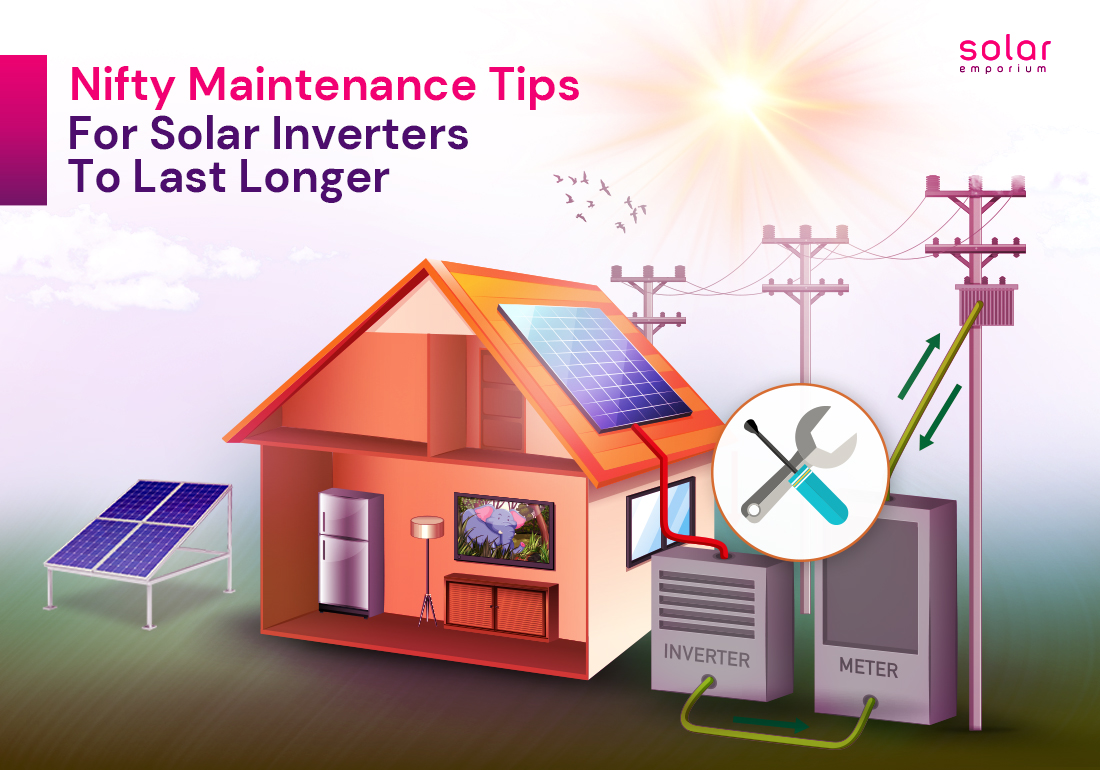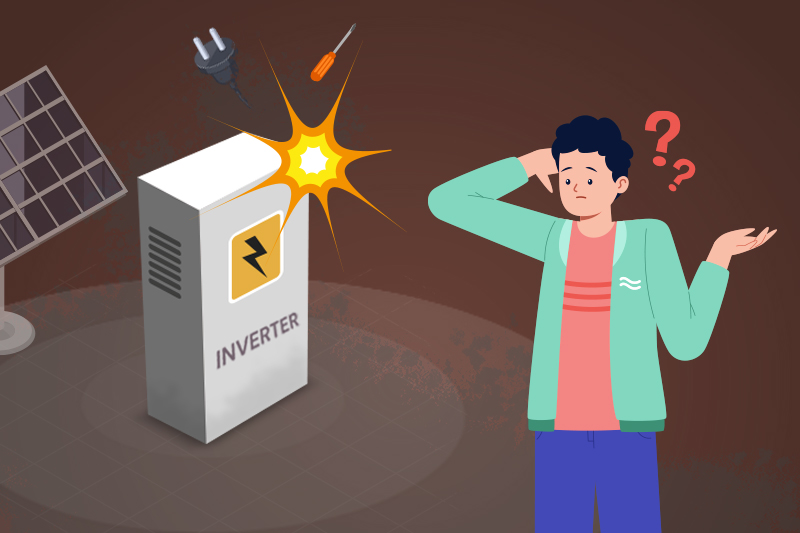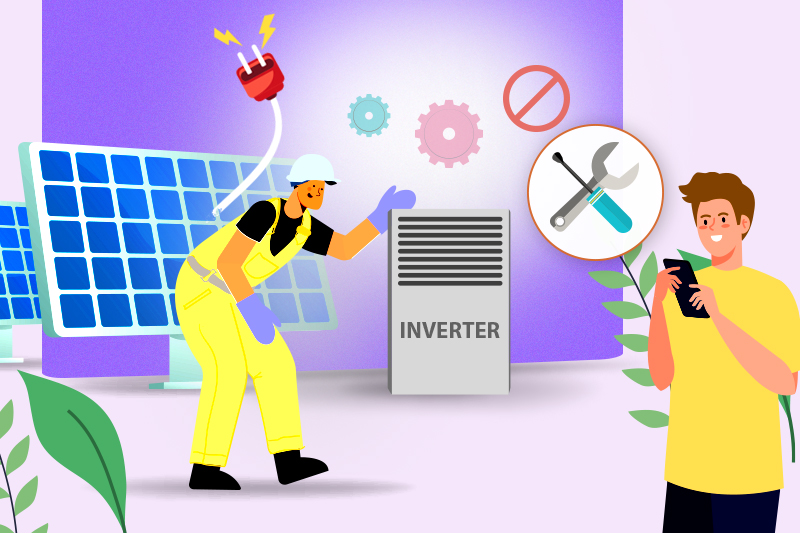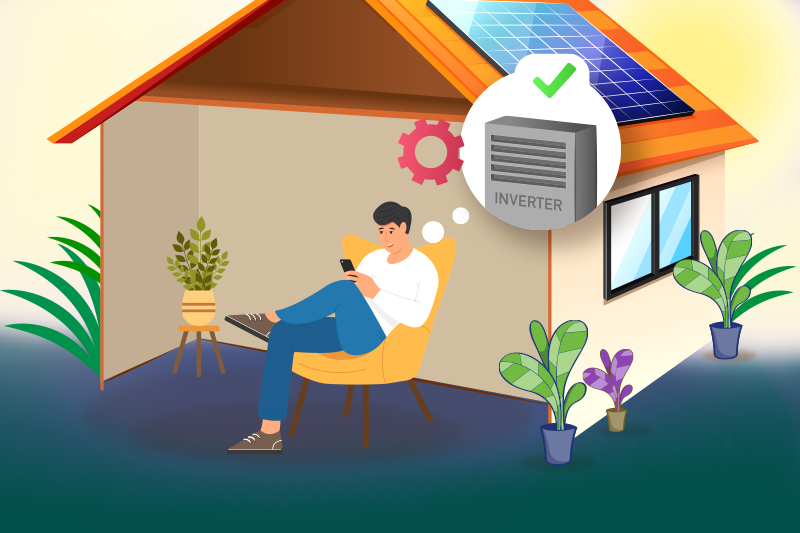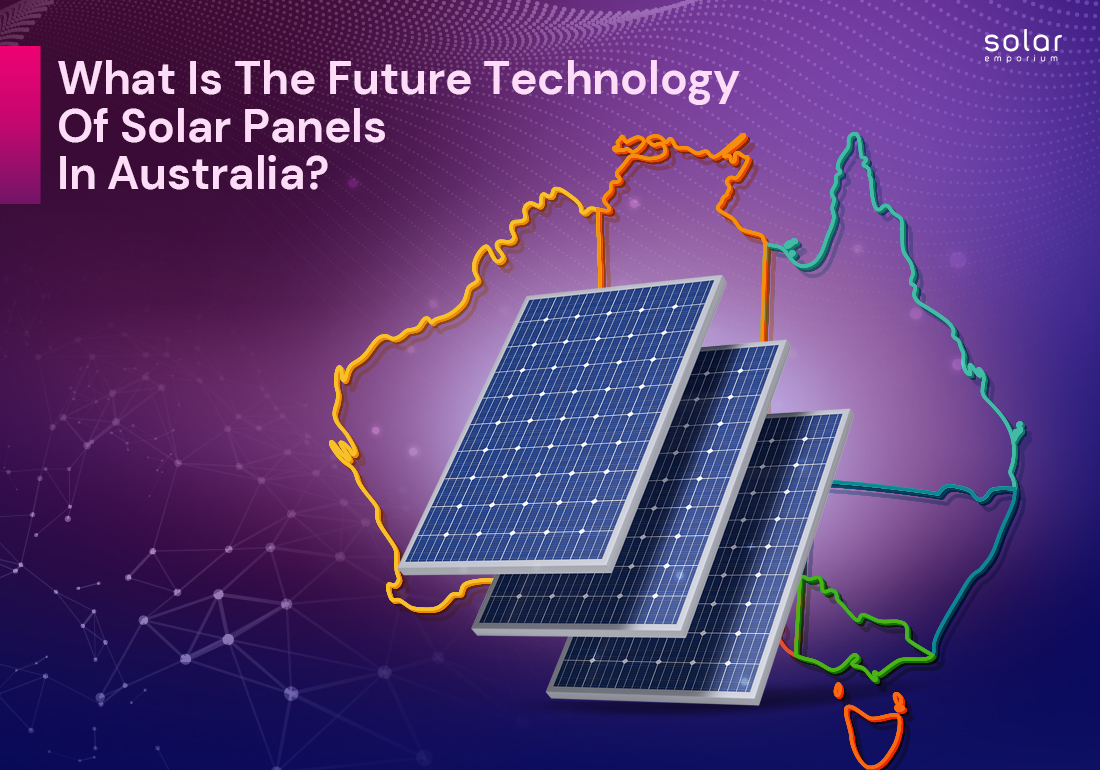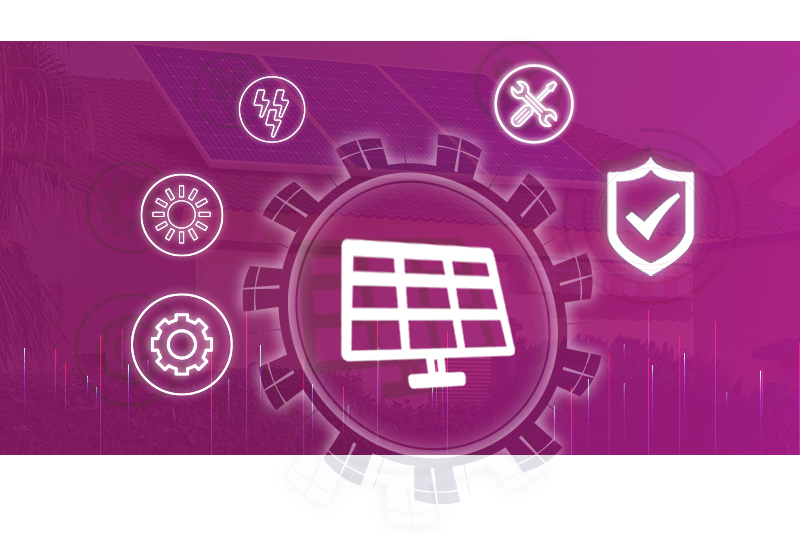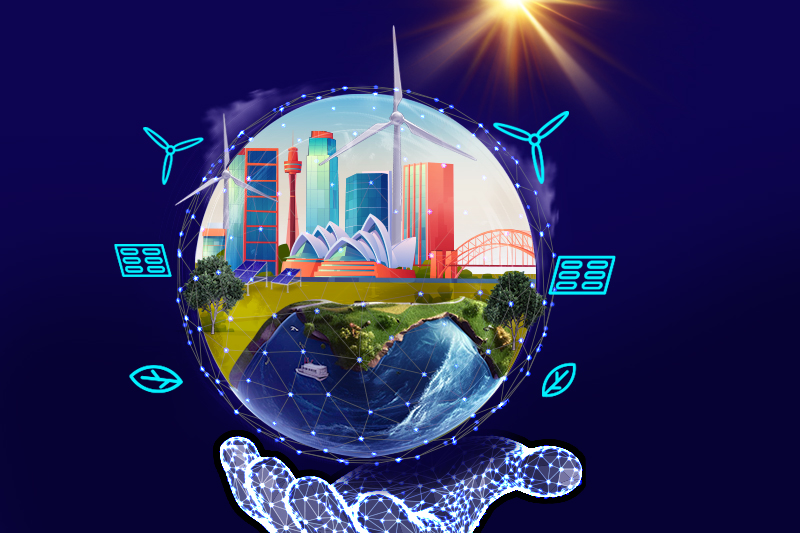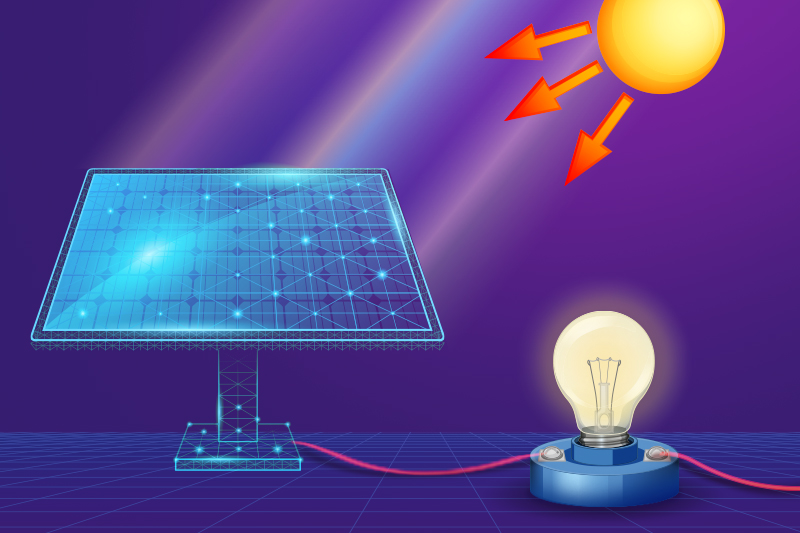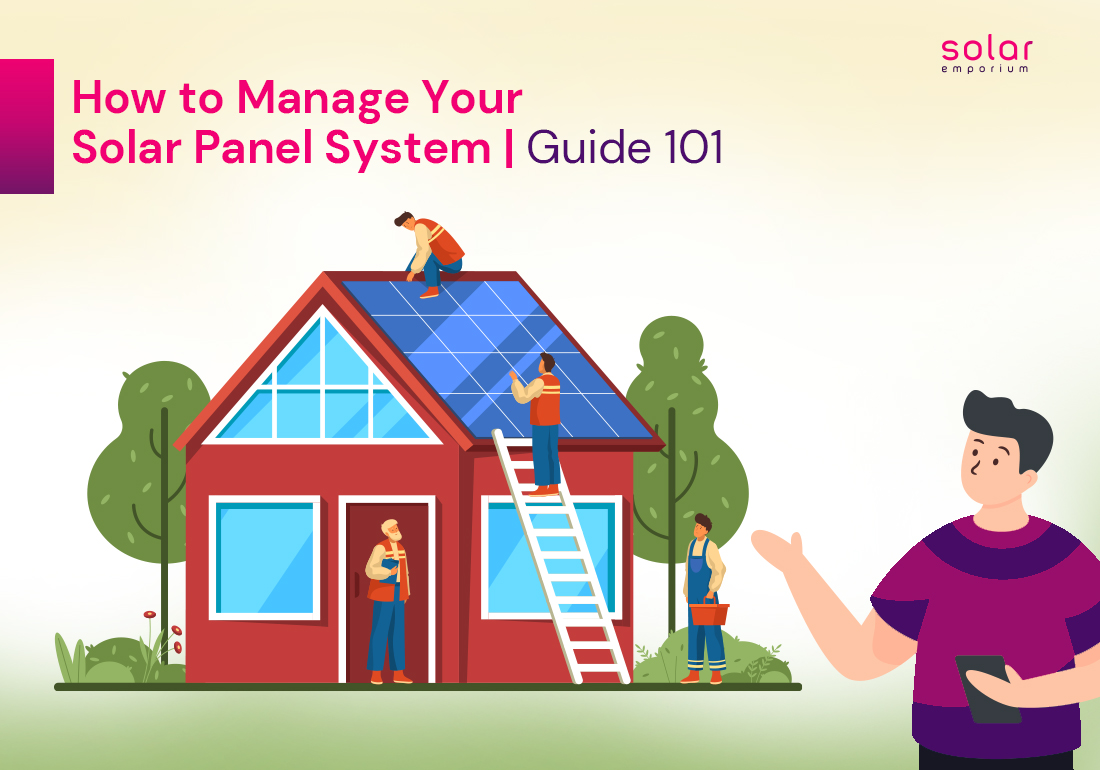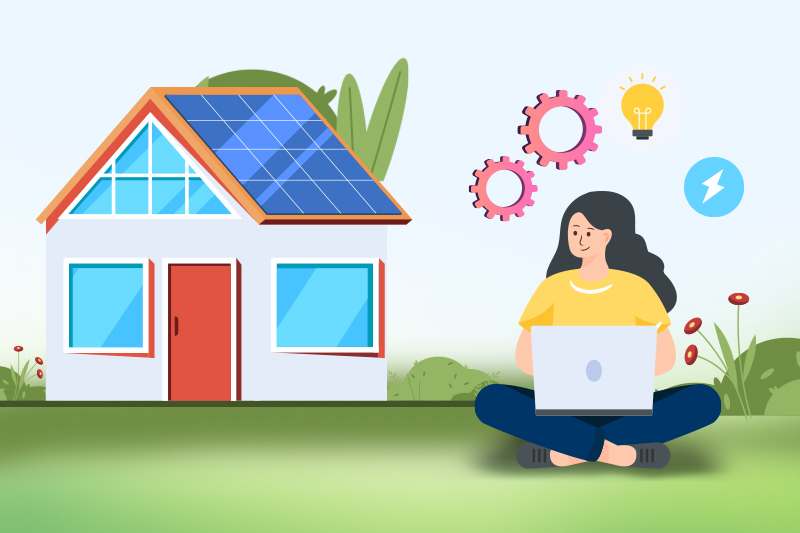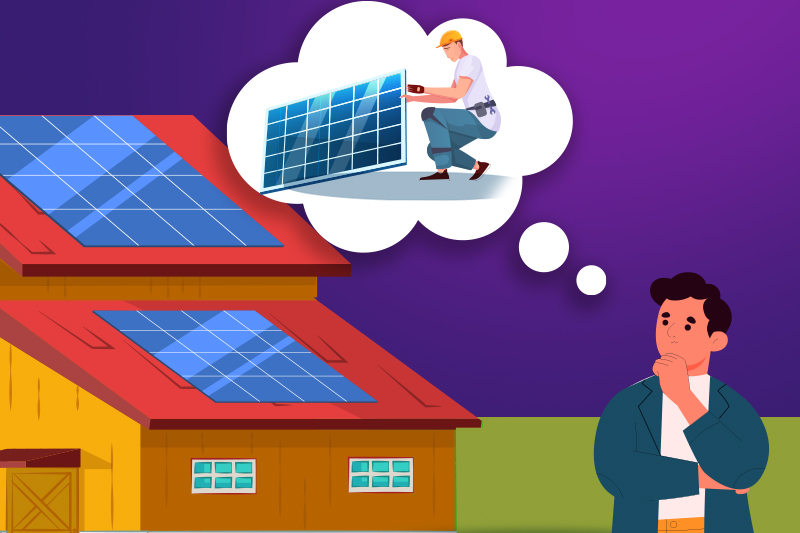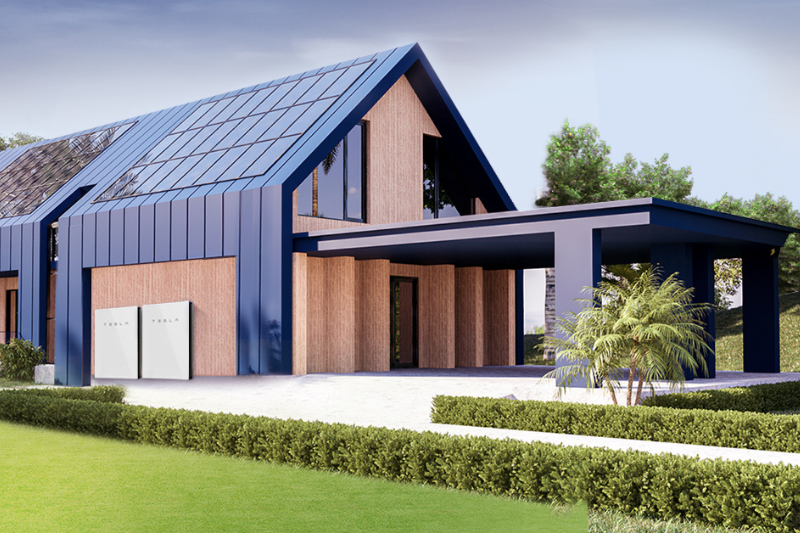As Australia transitions into the cooler months of winter, the country continues to revel in the aftermath of a remarkable summer for solar energy.
Small-scale rooftop solar panel systems have outperformed coal, supplying a record-breaking 14 per cent of the nation’s energy requirements during the summer of 2022-2023. In simpler words, Australia’s record year for rooftop solar growth was in 2023.
This achievement surpasses the contribution of other renewable sources, such as grid-scale wind and solar farms, marking a significant milestone in Australia’s renewable energy landscape.
Australian Solar Panel Market Since 2001 Till Now
The information about solar panels in Australia has been collected since April 2001 by the Clean Energy Regulator.
They keep track of all the solar panel systems installed under the government’s Renewable Energy Target (RET) program, which started on April 1, 2001.
Solar panel owners and installers have up to a year to report the installation of a new system to the Clean Energy Regulator. Usually, about half of the new installations are reported within a month. And 90% are reported within four months.
Because of this reporting delay, the data for the most recent months doesn’t accurately show the actual number of installations.
From 2001 to 2010, the solar panel market in Australia grew by about 15%. There was a period of speedy growth between 2010 and 2013. The number of monthly installations became more stable in 2014 and 2015.
There is a slight increase in installations in the residential sector, and the overall installed capacity remains high due to more significant rooftop solar PV systems in commercial and utility-scale installations.
As of September 30, 2023, there are more than 3.60 million solar panel installations in Australia, with a total capacity of over 32.9 gigawatts.
Australia’s Rooftop Solar Installations Hit 1.4 GW

Newly released data indicates that small-scale solar panel systems thrived during the summer of 2022-2023, contributing to a year of expansion for the industry.
As Australia cools down with the onset of winter, the nation continues to enjoy the positive outcomes of a remarkable solar season.
During the summer of 2022-2023, small-scale rooftop PV systems supplied more electricity than brown coal.
Rooftop Solar achieved a noteworthy milestone by meeting 14 per cent of Australia’s energy requirements during this period, surpassing the electricity contribution of all other renewable sources, including large-scale wind and solar farms.
According to a recent report from Australia’s Clean Energy Regulator, deploying utility-scale photovoltaic (PV) systems faces challenges, including increased costs, global competition, and regulatory issues.
However, rooftop solar installations have a positive trend, with nearly 160,000 systems installed in the year’s first half. This indicates that 2023 may surpass Australia’s previous rooftop solar capacity record of 3.2 GW.
In the initial six months of 2023, 1.4 GW of rooftop solar PV capacity was added, marking a 21% increase compared to the previous year.
The growth continued for the rest of 2023 and exceeded the 2021 record. The average size of rooftop systems has also reached a new peak of 9.3 kW.
The increased capacity saw the share of renewable electricity rise to over 36% of demand in the National Electricity Market. The estimation is a growth of 40% by December.”
According to energy advisory firm Global Power Energy, South Australian rooftops recently supplied 101% of the state’s electricity demand, an unprecedented achievement.
This accomplishment in South Australia is noteworthy both within the Australian National Electricity Market (NEM) and globally.
Although the regulator expected 3.5 GW of new renewable energy projects to reach a final investment decision (FID) by 2023, only 0.5 GW did so by July.
However, the second half of the year’s exception is to see increased activity, with industry engagement indicating that approximately 2.5 GW of projects are nearing completion.
A Fantastic Year for Solar Power!
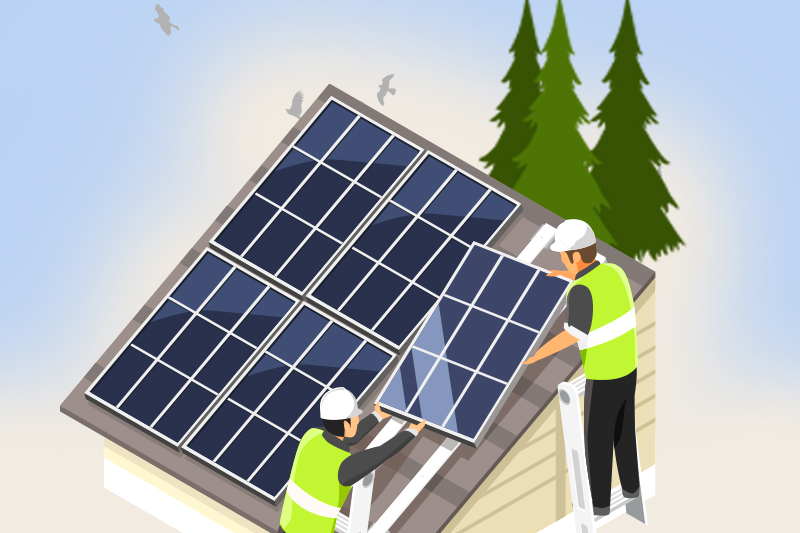
This fantastic summer for solar energy follows a big year for small rooftop solar systems in 2022.
According to the Clean Energy Council’s report in April 2023, around 310,352 new rooftop solar setups were added to the grid in 2022, providing 2.7 gigawatts of power.
In 2022, rooftop solar comprised 25.8% of Australia’s renewable energy. Making Australia’s energy cleaner is crucial, aiming for 82% renewable energy by 2030.
About 3.4 million homes in Australia now have rooftop solar, with an average of 2.5 solar panels for each Australian. The size of the average solar system is growing each year, going from 8.79 kilowatts in 2021 to 8.84 kilowatts in 2022.
Even though there were challenges in 2022, like higher prices for the materials used in solar panels and reduced government support, the solar industry stayed strong.
The number of experts with Clean Energy Council accreditation who design and install solar systems has been growing for seven years.
It means they meet high industry standards and make safe and reliable systems.
To reach the goal of having 82% of Australia’s energy come from renewables by 2030, it’s good news that rooftop solar is contributing about 3.5 terawatt-hours every year.
The challenge now is to keep up this progress until 2030.
Using more renewable energy and better ways to store power will lower living costs and make Australia more secure regarding energy.
The Clean Energy Council also shared the top postcodes for rooftop solar in 2022:
- NSW: Lismore
- Queensland: Bundaberg
- South Australia: Salisbury
- Victoria: Hoppers Crossing
- Tasmania: Blackstone Heights
- Western Australia: Mandurah
Significant Growth in Large-Scale Solar
In 2022, we got a whopping 5.3 gigawatts (GW) of new solar capacity. It is a 20% increase in just one year.
Australia is leading the world in adopting solar power. Installing solar power is a smart way to save money on electricity bills and deal with rising costs. Solar power has become one of the country’s most significant energy sources.
The amount of solar panels installed in 2022 was only slightly higher than in 2021, mainly because of the delayed start to the year.
But as electricity prices increased, interest in rooftop solar installations picked up in the year’s second half.
While there was a slowdown in rooftop solar, the record-setting performance of solar farms balanced things out, making 2022 a steady year overall. Even though the growth was only 2%, it was enough for the industry to claim 2022 as a record-breaking year.
In 2023, the solar industry increased by a record amount. But more development should be increased to keep up the momentum in the solar sector.
Australia’s Record of Solar Panel Uptake Beat Rising Energy Prices

In the first half of 2023, homes and businesses in Australia added around 1.46 gigawatts of new solar power, which is about 20% more than last year, according to Green Energy Markets.
In June, almost 250 megawatts of new rooftop solar was active. It is 13.2% more than in June 2022. The demand for solar panels has increased because electricity prices have risen in the past year.
Australia has the highest per-person use of solar energy globally, with nearly one in three homes having solar panels. Even in winter, more than a quarter of the electricity used in the eastern states comes from rooftops during sunny days.
The continuous growth of rooftop solar installations starkly contrasts with the significant slowdown in new investments in large-scale solar farms in recent years.
Approvals for big renewable projects have dropped by 75% since 2018 in Queensland, New South Wales, and Victoria. The reasons behind this decline include challenges in the supply chain, delays in transmission projects, and a shortage of backup storage capacity.
Among the states, New South Wales (NSW) has been particularly impacted by delays in approving projects.
This situation puts NSW at risk of not supporting enough capacity by 2030 to meet its target of 12 gigawatts of operational utility solar PV and wind projects, as highlighted by Rystad.
Choose Solar Emporium to Start Your Solar Journey
Embark on your solar journey with Solar Emporium. It is your trusted partner committed to making renewable energy accessible and efficient.
We are offering a diverse range of high-quality solar products. Check out our solar packages to know more.
Solar Emporium guides you through a seamless transition to solar energy. With a reputation for reliability and expertise, we ensure personalised solutions tailored to your energy needs.
Make a sustainable choice and let Solar Emporium illuminate your path towards a greener, more energy-efficient future.

